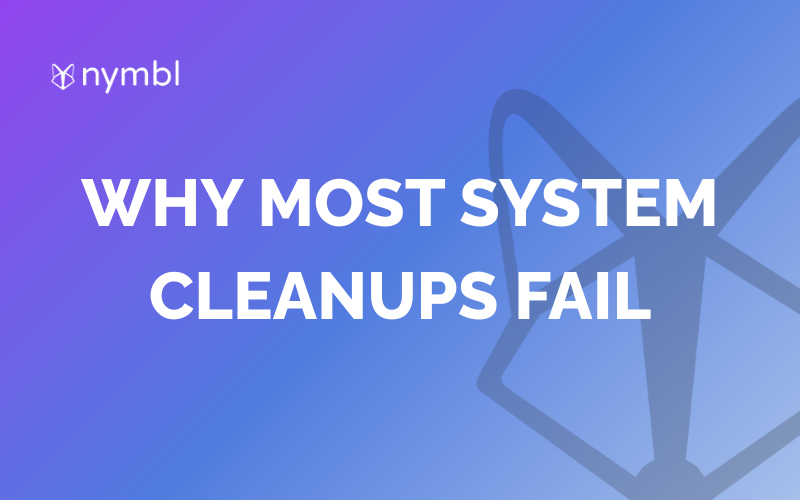As a website owner, you want your site to rank high on search engine result pages (SERPs). This is where SEO comes in. SEO, or Search Engine Optimization, is a set of techniques used to improve your website's visibility on search engines like Google, Bing, and Yahoo. And if you're using Webflow, you're in luck because Webflow is designed to be SEO-friendly. But there are still a few things you can do to optimize your Webflow site for SEO. In this guide, we'll show you how to do just that.
Use descriptive page titles, meta descriptions, and header tags
The first step in optimizing your Webflow site for SEO is to use descriptive page titles, meta descriptions, and header tags. Page titles are the text that appears in the browser tab and search engine results, so it's important to make them descriptive and relevant to the content on your page. Meta descriptions are short summaries that appear under the page title in search engine results, so make sure they accurately describe what the page is about. And header tags (H1, H2, H3, etc.) help search engines understand the structure of your content, so use them to break up your content and make it easier to read.
Include relevant keywords in your Webflow content
Keywords are the words and phrases that people use to search for information on search engines. Including relevant keywords in your content can help search engines understand what your site is about and improve your chances of ranking higher on SERPs. But be careful not to overdo it – keyword stuffing can actually harm your SEO efforts. Use keywords naturally and only when they make sense in the context of your content.
Use internal linking to improve site navigation
Internal linking is the practice of linking to other pages on your own site. This helps search engines understand the structure of your site and improves site navigation for your users. When you link to other pages on your site, use descriptive anchor text (the clickable text of the link) that accurately describes the content on the linked page.
Set up redirects
Redirects are a way to send users and search engines from one URL to another. If you've recently redesigned your site or changed the URLs of some of your pages, you'll want to set up redirects to ensure that users and search engines can still find your content. Webflow allows you to set up redirects easily, so take advantage of this feature to avoid broken links and improve your SEO.
Create a sitemap
A sitemap is a file that lists all the pages on your site, and it helps search engines crawl and index your site more effectively. Webflow automatically generates a sitemap for you, so all you need to do is submit it to search engines like Google and Bing. This will help them find all the pages on your site and understand the structure of your content.
Conclusion
Optimizing your Webflow site for SEO isn't rocket science, but it does require some effort. By following the steps outlined in this guide, you can improve your chances of ranking higher on search engine result pages and driving more traffic to your site. Remember to use descriptive page titles, meta descriptions, and header tags, include relevant keywords in your content, use internal linking to improve site navigation, set up redirects, and create a sitemap. With a little bit of time and effort, you can make your Webflow site SEO-friendly and drive more traffic to your business.
Services:
Enterprise Mobile App Development
Enterprise Web App Development






.png)


